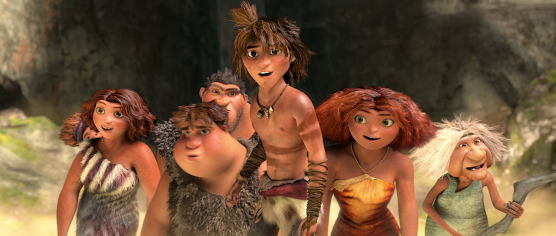Frank And Ollie: Two of the Nine Old Men

If you have Disney+, another documentary I would recommend watching is Frank and Ollie. It features Frank Thomas and Ollie Johnston, two of Disney's Nine Old Men. The Nine Old Men were Walt Disney's core animators and all brilliantly talented at that. Aside from animating, they also apprenticed younger animators and passed on their knowledge to them. They also introduced the Twelve Principles of Animation, which were a series of rules and guidelines for animation. I haven't seen this documentary in a while but it's really interesting to watch. It touches on their work at Walt Disney Animation Studios, their friendship, a cool inside look on how animators worked back then. They both played roles in animating films such as Cinderella and The Jungle Book . It's a really sweet documentary and if you're as into Disney as I am, it might be up your alley. Also fun fact: they make a cameo appearance in Pixar's The Incredibles





